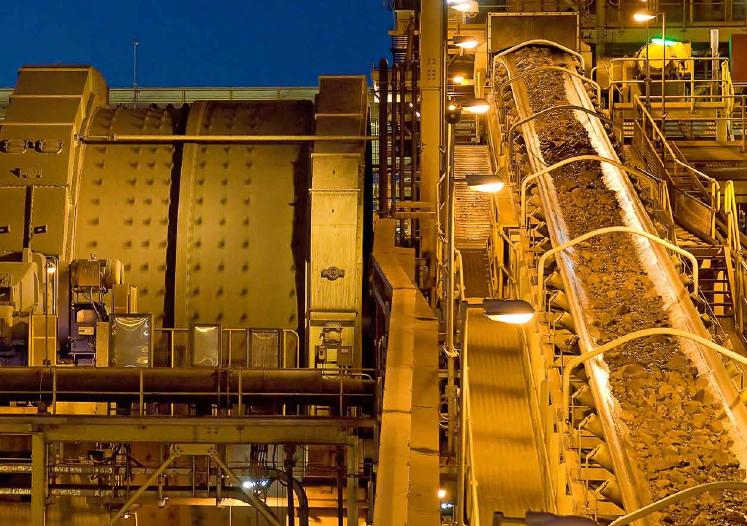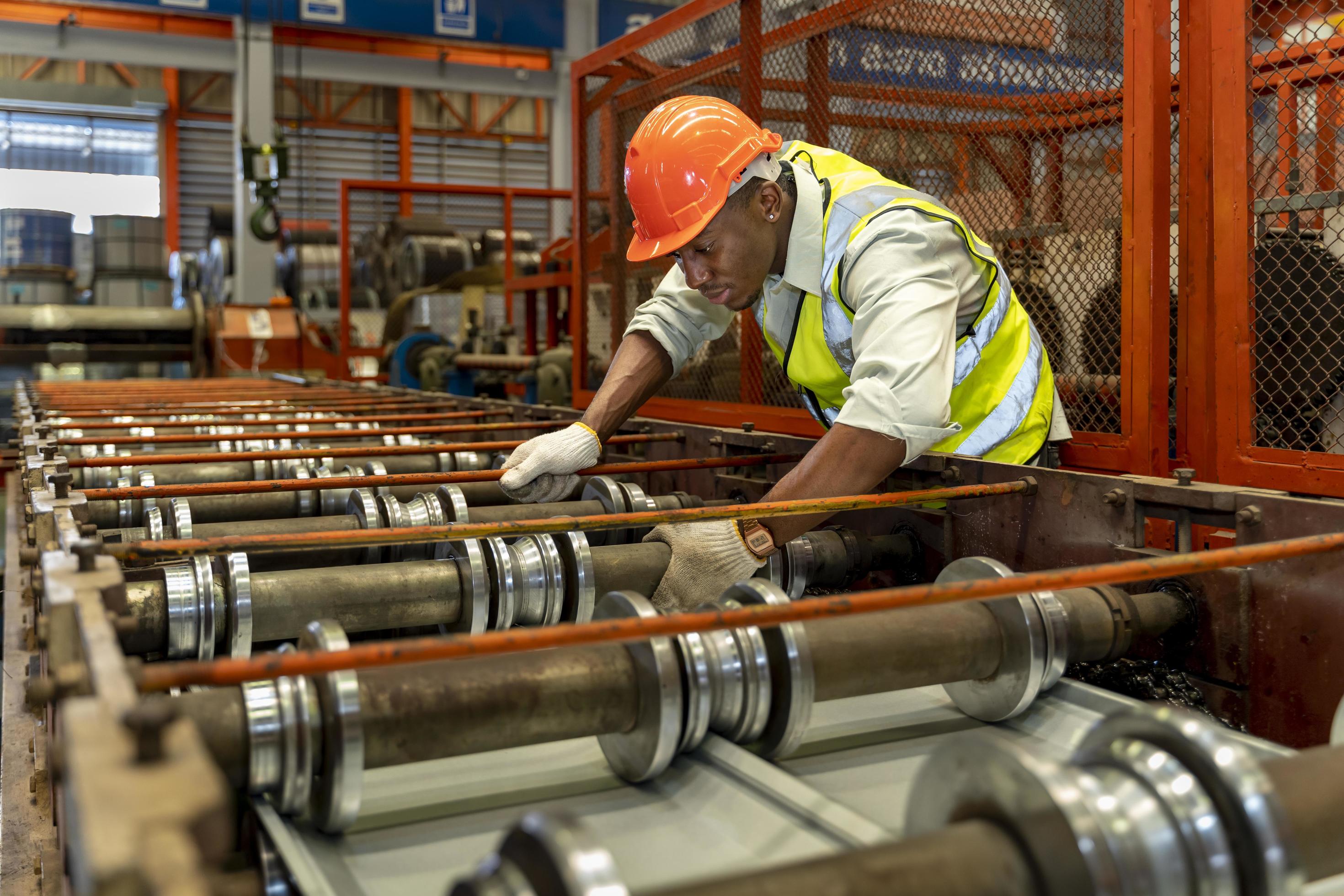
High pressure grinding rolls offer financial and environmental benefits to mine owners over more conventional crushing and grinding technology—and in Australia, one supplier is leading the market.
Take-up on alternative technologies within the operational side of the mining industry can sometimes take a while to gather momentum; but when the financial and environmental benefits are made clear, the case for adoption becomes hard to resist.
ThyssenKrupp Polysius—a German company with a 150-year heritage of making cement and mineral processing equipment—is currently one of just a handful of companies anywhere in the world capable of designing and building turnkey processing plants; and its 2,500-strong workforce mans offices in all five continents. Whether the material in question is cement or the full spectrum of mined ores, Polysius is known for its products and engineering skills.
Polysius has had a presence in Australia for nigh-on 20 years. After joining the ThyssenKrupp group, it established a subsidiary in Melbourne which was later moved to Perth to be closer to its principal customers.
“There are two distinct sides to Polysius,” explains Stephan Kirsch, managing director of the Australian operation, “cement and minerals. Here in Australia, the market simply isn’t big enough to justify any more investment in cement plants but of course, there has been no shortage of activity in the mining sector.”
It’s here, then, where Polysius is pushing the benefits of HPGR—or high pressure grinding rolls—as an alternative to other forms of crushing and grinding. But while the Polysius empire was finding ready customers for its new technology in the cement world, finding takers in the minerals business was proving frustratingly slow. It wasn’t until 2000 that the breakthrough was made—first with a plant in Peru and then at the Boddington gold mine in Western Australia. By the time the Boddington contract was signed, Polysius had spent 15 years patiently promoting the technology.
“The costs involved with comminution [the process of reducing solid material in size by mechanical means],” says Kirsch, “come from the power drawn by the machinery itself and the cost of grinding media such as replacement balls for a ball mill or refurbishing rollers. With HPGR there are no balls, which immediately wipes off that component of overall cost; and the rollers themselves draw less electricity per tonne of ore processed than other conventional crushing and grinding technology.”
Just how much of a saving there is to be made depends very much on the circumstances but in round figures, Kirsch estimates that an average saving would be in the region of 20 per cent. Working with abrasive materials the rolls can last for between 6,000 and 10,000 hours without needing attention.
The principal of how HPGR works was patented decades ago by a German university professor. Not surprisingly, then, the three manufacturers that went on to develop HPGR machines were all German. The patent has long since expired and other manufacturers have had a go with the technology; but Polysius remains streets ahead of any copycat supplier and continue to dominate the market. Of the 20 HPGR units currently being used in Australian mines, Polysius has supplied 14 and remains the global leader in this segment.
HPGR has been widely applied in the cement industry since the mid-1980s and in the minerals industry since the mid-1990s.The machines work by crushing a bed of ore between two inwardly turning rollers—much like an old fashioned mangle, except the rollers are set horizontally rather than vertically. One roller is fixed and the other can move laterally under hydraulic power. A bed of ore is fed from above and nipped between the rollers, exerting enormous pressure on the material which is transferred from particle to particle, fracturing the ore as it passes through the rollers.
When making their purchasing decision, mine managers need to consider both cap-ex and op-ex. In the first instance, an HPGR plant is generally in line with the cost of a conventional grinding plant, or it may carry a slight price premium. But on the op-ex, particularly over the life of the mine, HPGR is claimed to offer immediate savings. “The lower power consumption,” says Kirsch, “and the reduced wear and tear are both significantly lower than for conventional technologies. Add the cost and speed of installation and then the ramping-up process to 100 per cent of working capacity, and the advantages become greater still.”
It is important to note too, that as approximately 14 per cent of the total energy consumption in Australia is related to communication processes, HPGR technology has the potential to reduce greenhouse gases on a large scale, thanks to its high efficiency and low operating costs.
To support its Australian customers, Polysius has invested $20 million in a Service Centre including a highly automated, state-of-the-art workshop—although ‘workshop’ might give the wrong impression. Not only can repairs and refurbishments be carried out but the facilities are so advanced that an HPGR plant can be constructed there.
Polysius’ investment is bucking an alarming trend in Australia, where manufacturing is in noticeable decline. “The Australian dollar has grown so strong,” says Kirsch, “through the wealth of the mining sector, that not only has labour been sucked away from other sectors towards mining, or become incredibly expensive to hire, but skills are difficult to find and whatever is being made is struggling to remain competitive.”
There is something of a pause in Australia at the moment. The number of new projects has slowed down and investors are looking for a period of returns so it may be some time before Polysius has the opportunity of pitching for the next HPGR plant. As luck would have it, due to advanced planning, the investment in its Service Centre has come at a good time and the ability to provide service to end users is tending to offset the reduction in new capital equipment being supplied.
Written by Alan Swaby, research by Jeff Abbott



 ThyssenKruppPolysius-EMEA-Oct12-Bro-s.pdf
ThyssenKruppPolysius-EMEA-Oct12-Bro-s.pdf









